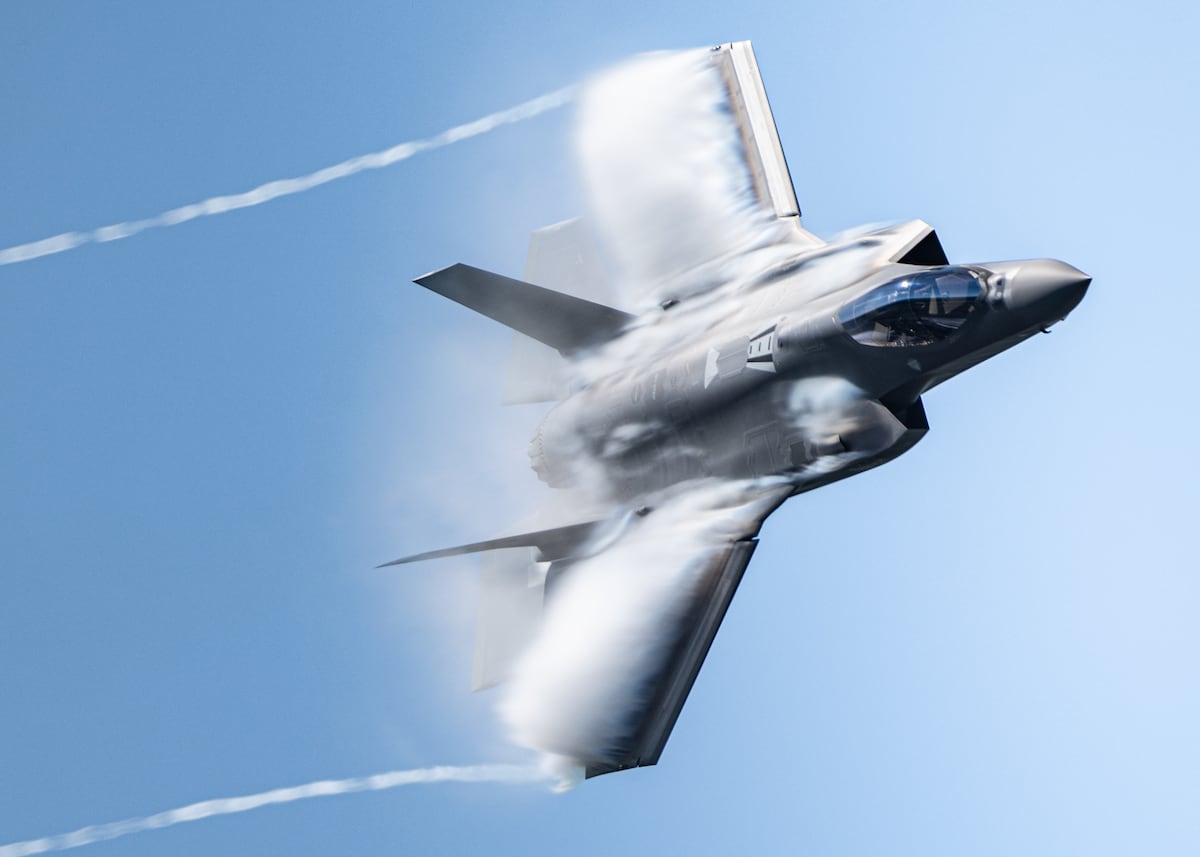HUNTSVILLE, Ala. – Lockheed Martin has launched a prototyping hub to develop possible command-and-control solutions to be offered as a critical part of the Golden Dome homeland missile defense shield’s architecture, the company announced Tuesday.
Within 36 days of the original idea, the company established the capability at its Center for Innovation facility in Suffolk, Virginia, also known as “the Lighthouse,” Thad Beckert, the company’s director of strategy and business development for its rotary and mission systems division, told reporters.
“Prototyping is already underway at the Lighthouse,” a company statement reads, “where real capabilities are being tested against current and future threat scenarios, from ground to space.”
When President Trump first announced his plans to develop the Golden Dome for homeland missile defense, Lockheed began thinking about what would be needed for such a capability when it comes to command-and-control.
“When you think about the combatant commander or the commander at all levels of operating within the operating theater, they all have to have an integrated awareness and that integrated awareness comes from making sure that when you see a threat, you know what that threat is and the best way to to engage that threat,” Beckert said.
“You want to have more than one shot at that threat. You also want to know that you’re putting the right weapon on the right threat, and you’re matching it against what you think might be coming. When you take all that together, that is a challenging problem, and when you scale it to the national level and beyond, that is one of the biggest challenges that’s ever been undertaken in the command and control world,” he said.
Adding, “This has not been done yet.”
Lockheed has a deep level of command-and-control experience including developing and fielding the Command and Control, Battle Management and Communications (C2BMC) system, which is the C2 for the U.S.’ global missile defense architecture.
Yet, the company does not plan to develop solutions in a vacuum and acknowledges the need to work across U.S. industry with other defense primes as well as companies considered non-traditional in the defense world.
“If you think about the capabilities that we’ve been talking about here for command-and-control. It’s beyond what Lockheed Martin makes,” Beckert said.
“It’ll include other capabilities that others that are currently fielded out in the environment… that will be part of this layer defense,” he continued. “So we have to take in all of those solutions and think about the best way to do both command-and-control — two separate actions — and make sure that we create that optimized defense.”
The prototyping hub “will be open to industry,” Beckert noted, and will be designed so companies can come together and work at higher classification levels and bring capabilities together in one place.
The prototypes will be based on existing capabilities, which is necessary to move at the speed required to meet the Administration’s goals.
Yet while existing capabilities will be leveraged, Beckert noted that “these weren’t designed originally to operate as a single, unified command-and-control capability. We have to bring them together and have them start exchanging data, not just any data, mission-thread-informed data, so that we can look at the mission and we can make sure that… the new way is faster, and that is success.”
Jen Judson is an award-winning journalist covering land warfare for Defense News. She has also worked for Politico and Inside Defense. She holds a Master of Science degree in journalism from Boston University and a Bachelor of Arts degree from Kenyon College.
Read the full article here








Leave a Reply